Specifying some core contents on digital asset management
With 441 National Assembly deputies participating in the vote in favor, reaching 92.26% of the total number of National Assembly deputies, the National Assembly passed the Law on Digital Technology Industry. The law takes effect from January 1, 2026.
On behalf of the National Assembly Standing Committee (NASC) presenting a report explaining, receiving and revising the draft Law on Digital Technology Industry, Chairman of the Science , Technology and Environment Committee Le Quang Huy said that regarding the content of artificial intelligence (AI), there were opinions suggesting adding some regulations on AI in the draft law such as the mechanism for monitoring and controlling the AI system; training human resources to deploy and use the AI system.
According to the explanation of the Standing Committee of the National Assembly, regarding the mechanism for monitoring and controlling AI, Article 42 of the draft law stipulates risk control throughout the life cycle of the AI system, which is one of the principles for developing, providing, deploying, and using AI; requirements for monitoring and inspecting high-risk, high-impact AI systems are stipulated in Clause 3, Article 46. At the same time, the Government is assigned to provide detailed regulations for implementing this content. Therefore, the Standing Committee of the National Assembly does not add this provision to the draft law.
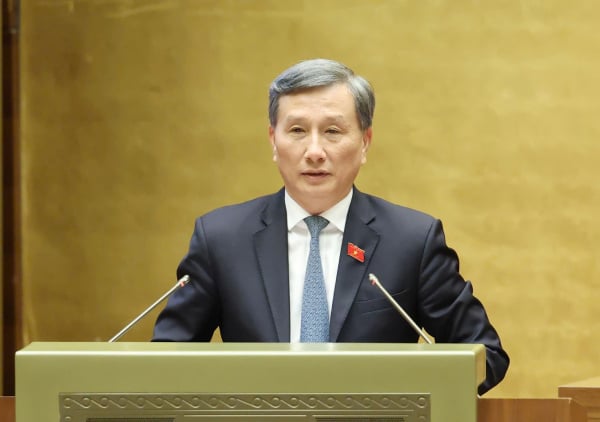
Regarding training human resources to deploy and use AI systems, taking into account the opinions of National Assembly deputies, the draft law has reviewed and revised regulations promoting human resource training in digital technology to promote training in basic and in-depth knowledge of digital technology in general and AI in particular inside and outside state agencies.
Regarding the regulation of digital assets (Chapter V), there are opinions that it is necessary to build a legal framework for digital assets that specifies core issues, immediately identifies the contents that must be implemented (property rights, ownership, transactions, security, responsibility, dispute resolution, risk management)..., while ensuring consistency with the current legal system and international practices, and at the same time establishing a mechanism for management, supervision, and risk prevention; clarifying whether digital assets can be used for exchange or investment purposes; proposing to clarify the content and criteria for classifying digital assets.
The National Assembly's Committee for Information and Communications noted that, according to the draft Law, digital assets have been defined as assets under current civil law. Property rights, ownership, transactions, confidentiality, liability, dispute resolution, risk management, etc. have been regulated under the provisions of criminal law, anti-corruption and anti-money laundering laws, and relevant laws.
Therefore, in order to ensure the feasibility, flexibility and stability of the legal system, the draft law only stipulates principles on this issue and assigns the Government to provide specific regulations in accordance with development practices.
Incorporating the opinions of National Assembly deputies, the draft law has more specifically stipulated a number of core contents in state management of digital assets in Clause 1, Article 49 (including the creation, issuance, storage, transfer, and establishment of ownership of digital assets; rights and obligations of parties in activities related to digital assets; measures to ensure information security and network security; prevention and combat of money laundering, prevention and combat of terrorist financing, and financing of proliferation of weapons of mass destruction; inspection, examination, and handling of violations of the law; business conditions for providing cryptographic asset services...).
At the same time, the Government is assigned to specify in detail the authority, management content, and classification of digital assets in accordance with the practice and management requirements in sectors and fields.
Maintain support policy for semiconductor industry enterprises
Regarding regulations related to tax, finance and investment incentives, some opinions suggested not including regulations on tax, finance and investment in the Law on Digital Technology Industry but rather regulating them in specialized laws to ensure legal consistency.
The Standing Committee of the National Assembly has received, reviewed and transferred contents related to personal income tax, corporate income tax, import-export tax, investment... to specialized draft laws such as the Law on Corporate Income Tax (amended), the Customs Law, the Investment Law... The Law on Digital Technology Industry only retains special and outstanding preferential policies that have not been stipulated in current laws.
Regarding the development of digital human resources, there are opinions suggesting the unification of the names between "digital talent" and "talented people" in other laws, and the need for quantitative criteria for easy assessment. The Standing Committee of the National Assembly explained that the term "digital talent" is used exclusively for the digital technology sector, including both the public and private sectors. The draft law has been revised, referring to the criteria for talent in the fields of science, technology and innovation as a basis for assessment.
Regarding the semiconductor industry, there are suggestions to add policies to promote the linkage between the semiconductor and electronics industries. The Standing Committee of the National Assembly said that the draft law already has provisions to support enterprises producing electronic equipment and auxiliary products in the semiconductor industry, including corporate income tax incentives and financial support from local budgets or the digital technology industry development fund. Therefore, the Standing Committee of the National Assembly maintains the provisions as drafted.
Source: https://doanhnghiepvn.vn/cong-nghe/quoc-hoi-chinh-thuc-thong-qua-luat-cong-nghiep-cong-nghe-so/20250614104442090






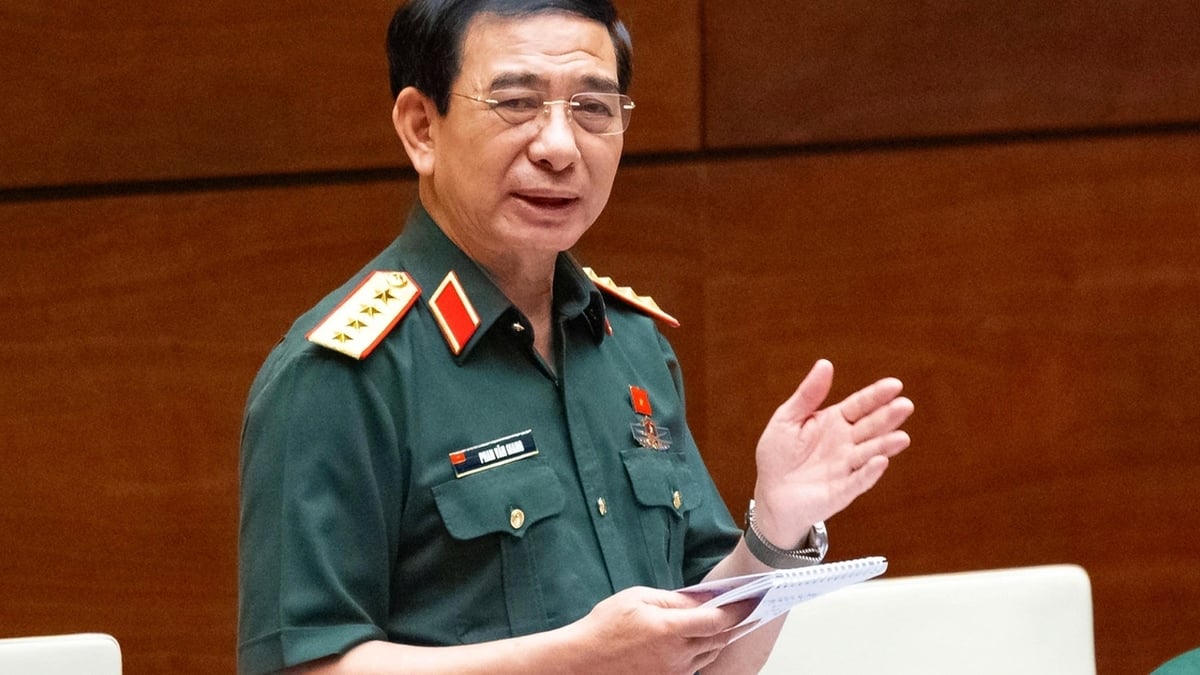



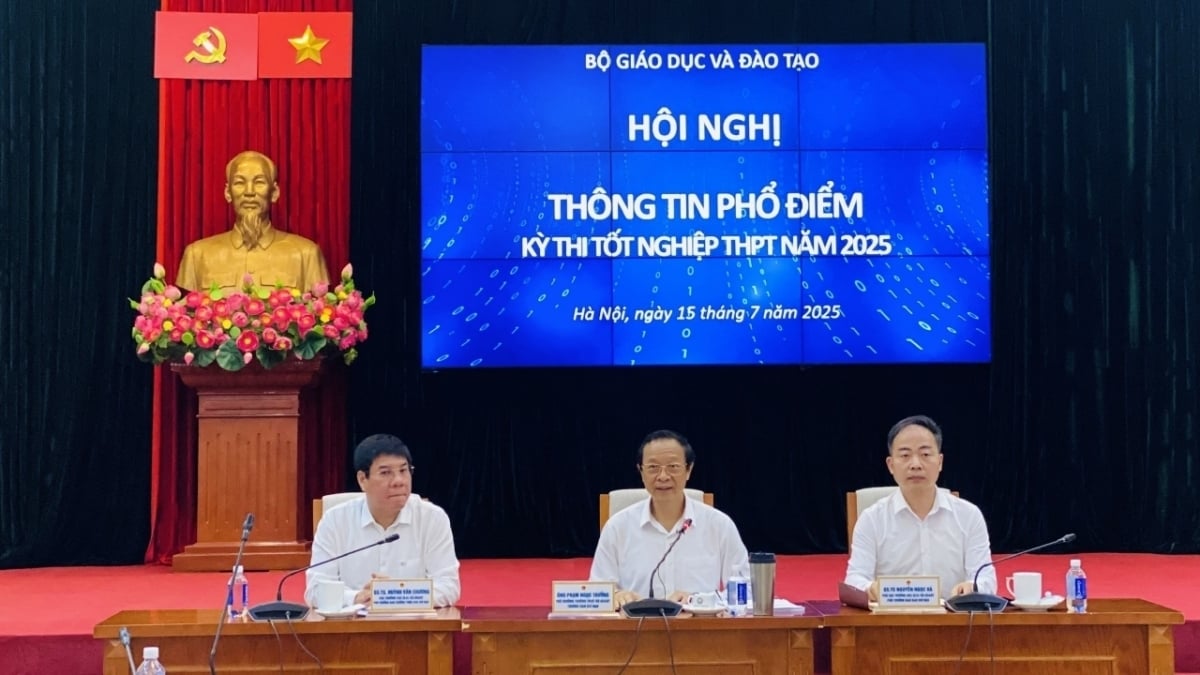





















































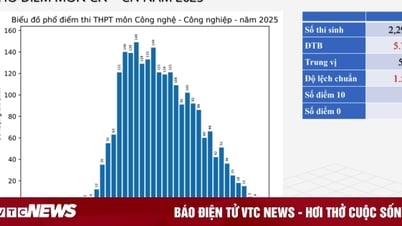









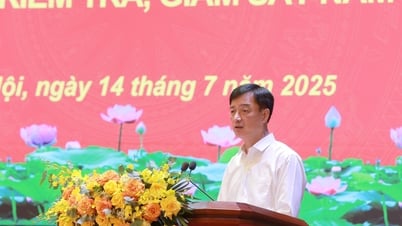



























Comment (0)